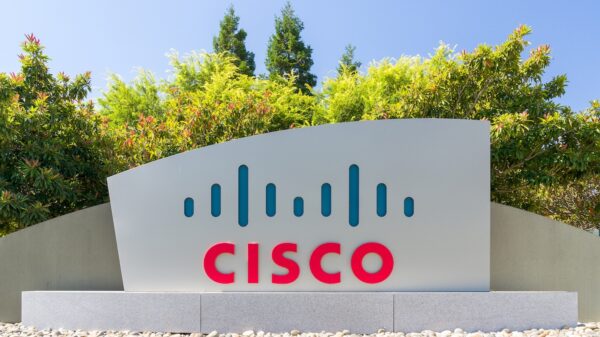A new survey from the Ponemon Institute calls web-borne malware not only a growing threat to enterprise data security, but a costly one.
According to the report, which surveyed 645 IT pros and IT security practitioners and was sponsored by security firm Spike Security, web-borne malware attacks cost the organizations in the survey an average of $3.2 million to remediate. The organizations surveyed had an average of 14,000 employees.
Sixty-nine percent believe browser-borne malware is a more significant threat today than it was 12 months ago.
“The findings of this research reveal that current solutions are not stopping the growth of web-borne malware,” said Dr. Larry Ponemon, chairman and founder of Ponemon Institute, in a statement.”Almost all IT practitioners in our study agree that their existing security tools are not capable of completely detecting web-borne malware and the insecure web browser is a primary attack vector. Further, the findings are evidence of the need for a more effective solution to stop web-borne malware.”
While all of the companies surveyed utilized a multilayered, defense-in-depth approach, they still dealt with an average of 51 security breaches during the past year tied to the failure of malware detection technology. According to the findings, the cost to respond to and remediate a single breach resulting from these detection failures was roughly $62,000 per incident.
Fifty-one percent of the respondents said they are not receiving the resources or budget they need to effectively detect and contain the threat, and 49 percent said defending against web-borne malware is not a security posture. Fifty-two percent classified their ability to detect and contain such malware as weak or very weak. Many of these infections are the result of insecure web browsers, with vulnerable browsers being to blame for 55 percent of the malware infections.
“While the Web browser has become the most strategically important application on corporate desktops, it is also, unfortunately, the most vulnerable application in terms of being a delivery channel for malware leading to cyber attacks,” said Branden Spikes, CEO, CTO, and founder of Spikes Security, in a statement. “What many organizations forget is that the browser is the only application that is permitted to download and execute code from a 3rd party location — any external web site. Every time you allow unknown code into your network, you put yourself and your business at risk. This is why browser isolation outside the network is so important. It is the only way to prevent this problem.“
















